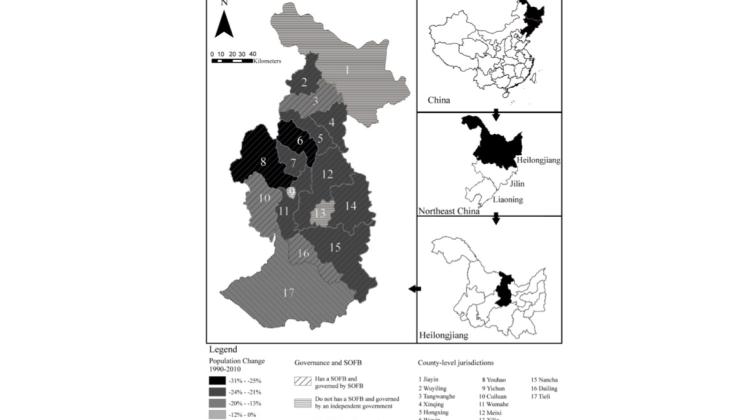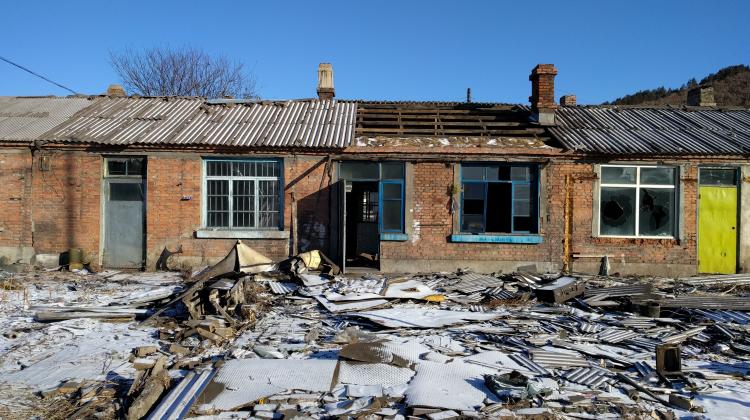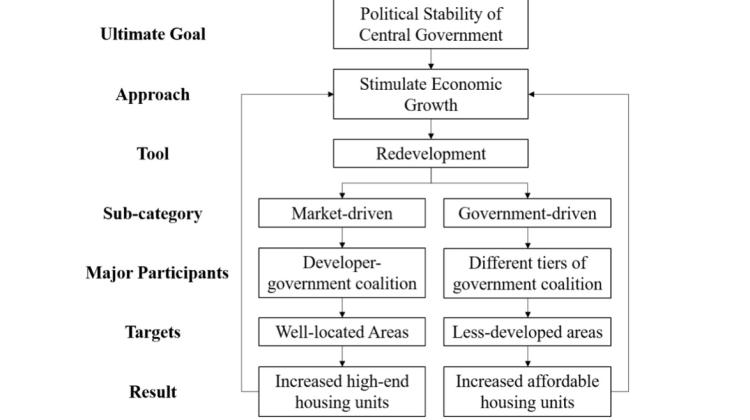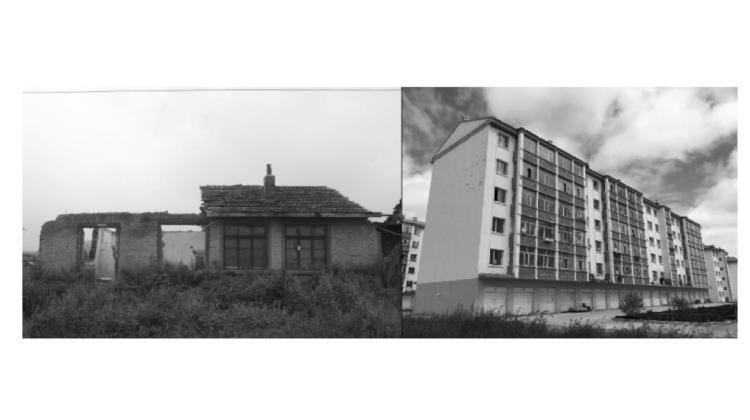Shrinking Cities in Northeast China and the Rust Belt US: A transnational comparison









This project, a collaboration between Professor Brent D. Ryan of MIT, Professor Shuqi Gao of Southeast University, Nanjing, China, and Professor Ying Long of Tsinghua University, China, will permit researcher exchange to conduct a transnational comparison study between shrinking cities in Northeast China and their counterparts in the US Rust Belt.
Urban shrinkage was once deemed as a phenomenon that only happens in the developed world, and few would expect such a phenomenon to occur in China, a fast developing nation. However, due to China’s family planning policy and demographic change, as well as changing regional policies, many shrinking cities are emerging in Northeast China, which once was the most industrialized region in China. At the same time, since the 1970s, once prosperous American cities such as Cleveland dependent on heavy industry have been mired in economic recession and deindustrialization. This has triggered ensuing large-scale depopulation in the U.S. Rust Belt. In the 2000s, the term “shrinking cities” was coined to describe the mismatch between these cities’ shrinking population and remaining built environment.
Many scholars have examined revitalization strategies for cities in the U.S. Rust Belt, but fewer such strategies are available for China’s Northeast, despite the pressing need of disempowered populations and challenged local governments in this region. The study, funded by MIT MISTI, will support the university participants to jointly: 1) collect vital information, relevant data and statistics; 2) conduct initial comparison between shrinking cities’ causalities and spatial manifestations in the two regions; 3) conduct several site trips to Northeast China’s shrinking cities and their counterparts in the US Rust Belt to interview planning stakeholders and residents; 4) hold research seminars with planning experts and public events with local residents to boost cross-countries collaboration and understanding. The study will commence in the Fall of 2023.


